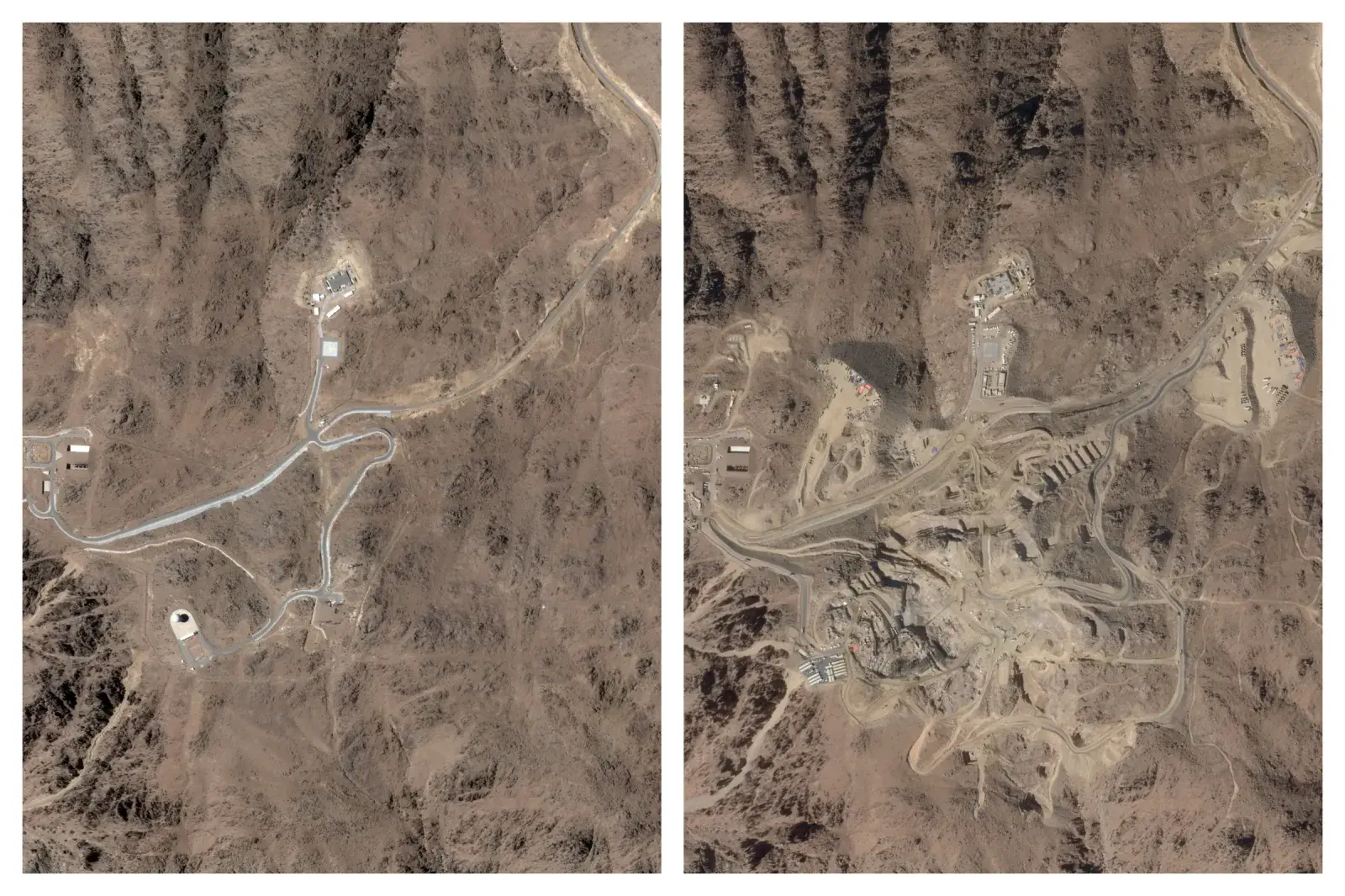A case study on the repair of West Seattle Bridge
- Sep, 17, 2022
- Repair And Retrofit Of Structures Damage (Structural) Structure Reinforcement Tendons Bridges Structural Health Monitoring Construction Management General Civil General Construction News On Projects / Industry Other News
- United States, Washington, Seattle
- Authored by: TheCivilEngineer.org

The West Seattle Bridge is a cantilevered segmental bridge with a maximum clearance of 140 ft (43 m) and a total length of 2,607 ft (795 m), that connects West Seattle to the city’s greater metropolitan area.
Its construction started in 1981 and was completed in 1984, when the bridge was put into service.
However, during inspections in 2013, cracks were first noticed on the structure. Some remediation works were performed, mainly in the form of epoxy resin injections, monitoring devices were installed, and frequent inspections were conducted.
Despite that, cracking continued to intensify until 2020, when an engineering analysis prompted the Seattle Department of Transportation (SDOT) to close the bridge in March of the same year.
After evaluating and planning accordingly, it was decided to act in two phases. The first phase would include stabilization of the bridge, while the second phase would either involve replacement or rehabilitation of the structure.
It is worth noting that cracks can compromise the structural integrity of the structure in different ways, one of which is reinforcement corrosion, something that a bridge over water surely is susceptible to.
The first phase included pressurized injection of epoxy in the cracks to remediate the concrete’s bonding strength, as well as to create a watertight seal and protect the reinforcement. It also included placement of post-tensioning within the bridge’s hollow girders, as well as the installation of carbon fiber reinforced polymer (CFRP) on the inside and outside of the girders, in selected locations, both of which would help reinforce and strengthen the structure.
Phase 1 mainly consisted of work taking place on the bridge’s central span, while it took place in 2020.

Phase 2 was planned and designed during 2020 and 2021, while actual construction lasted from 2021 to 2022.

For the second phase, it was decided to move forward with the same techniques used in phase 1. However, this time, strengthening work would also take place on the bridge’s side spans
The rehabilitation process included epoxy injections in a 3-mile total linear crack length, while approximately 10 miles of post-tensioning cabled had to be installed.
The whole process lasted two and a half years, and came at a cost of $47 million, but the West Seattle Bridge opened to traffic once again on September 17 of 2022.

Sources: www.seattle.gov, www.structuremag.org, en.wikipedia.org
Media
Want to read more like this story?
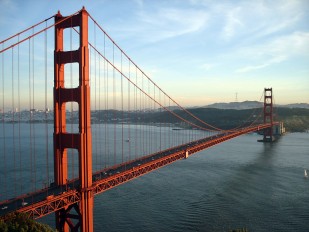
The history of the Golden Gate Bridge
Nov, 24, 2023 | EducationThe Golden Gate Bridge opened on May 27, 1937, and has since been standing as a landmark syno...
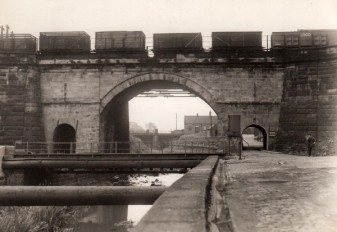
Iconic bridge in England receives repair works
Sep, 24, 2020 | NewsThe world's oldest operative railway bridge has recently undergone repair works. The fabled Skern...

Lake Polyfytos Bridge in Greece is closed for at least a month due to structural damage
Mar, 16, 2023 | NewsThe Lake Polyfytos Bridge, in Greece, has been closed due to structural damage. More specifically...
India’s Longest Steel Bridge, Mahatma Gandhi Setu: All Set To Fully Open For Traffic on June 7
May, 30, 2022 | NewsMahatma Gandhi Setu in Bihar, considered as the longest steel bridge of the country, will open for...
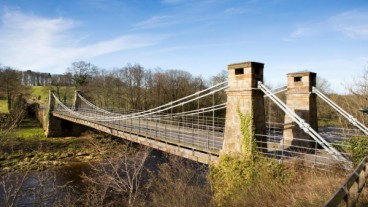
Iconic bridge in UK indefinitely closes
Dec, 05, 2020 | NewsThe Whorlton Bridge, an iconic structure in the United Kingdom closes permanently after fears of pot...

Hammersmith Bridge in London closes after propagation of existing cracks
Aug, 31, 2020 | NewsThe Hammersmith Bridge in London was completely closed after authorities found that existing cr...
A landmark bridge in Grimsby, expected to reopen in December, will remain closed due to extensive deterioration
Oct, 13, 2023 | NewsA £5 million restoration project on the Corporation Road Bridge, mainly concerning a landmark bridg...

Crack appears in Florida bridge: Authorities reassure that a total collapse is not imminent
Jun, 24, 2020 | NewsMajor concerns about the structural integrity of a bridge in Florida were raised after a large crack...

New research on more efficient bridges
Jun, 01, 2020 | NewsA new study reveals the high potential of reducing the materials used in suspension bridge construct...
Trending
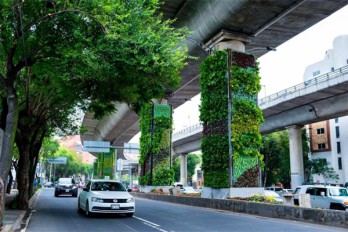
Vertical gardens in Mexico City to combat pollution
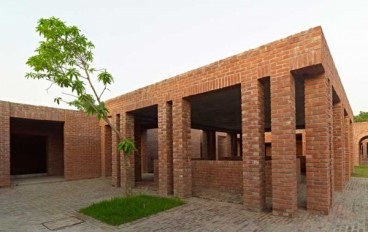
Characteristics of Load Bearing Masonry Construction

Taipei 101’s impressive tuned mass damper

Morocco Implements Landmark Dam Perforation to Combat Water Stress in Marrakech

Dutch greenhouses have revolutionized modern farming
